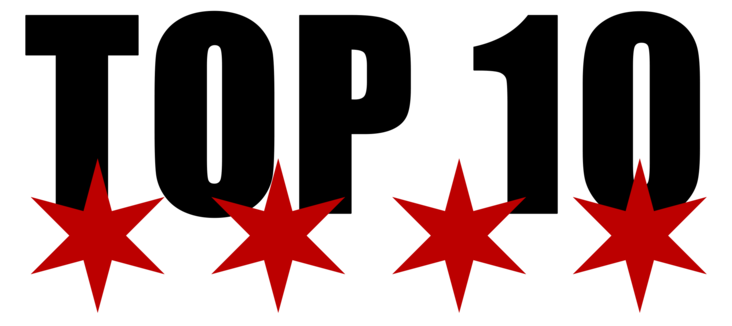Follow our new Twitter account for real-time updates and in-depth analysis of all things Chicago Cubs.
The Chicago Cubs sent a big, albeit unsurprising to those who follow the team closely, message with their selections in the 2017 MLB draft: It’s all about pitching.
We knew that. Pitching is absolutely the weakest spot in the organization. And it has been for a long time. The Cubs just don’t have a lot of guys in their farm system that they can count on to come in and either help start or relieve. The Carl Edwards Jrs and Kyle Hendrickses of the world are too few and far between for the Cubs. Guys like Felix Pena, Dylan Floro, Seth Frankoff, and Pierce Johnson have come up and been sent right back down.
And for good reason. They’re nothing special.
It doesn’t help that after this season, the starting rotation will be reduced to: (An aging) Jon Lester, Hendricks, and then ?, followed by ?, rounded out by ?.
Follow our new Twitter account for real-time updates and in-depth analysis of all things Chicago Cubs.
John Lackey has to be gone, if not retired. Jake Arrieta is pitching himself out of the big contract he desperately wants but probably won’t be given, at least by the Cubs. The jury is still out on guys like Mike Montgomery (still a legend for his Game 7 performance) and Eddie Butler. At least they haven’t pitched themselves out of a job like Brett Anderson has.
In the bullpen, Carl Edwards Jr. is the closer of the future. That much is clear. But previous bullpen anchors like Pedro Strop and Hector Rondon have been wildly inconsistent, and guys like Justin Grimm and Brian Duensing are only called upon in mop up duty situations. What a fall from grace for those guys.
Bottom line: the pitching needs immense help. Everywhere. And quickly.
But what’s interesting is how aggressively the Cubs attacked that area in the draft. In the Theo Epstein era, the Cubs had only drafted position players in the first round. That was his strategy in Boston, which resulted in two rings. And it helped deliver the Cubs their first ring in 108 years as well.
This year, the Cubs had two first round picks, albeit at the bottom of the first round, and they selected two college pitchers. In the second round, another pitcher. In fact, their first five picks all resulted in pitching selections. Eight of their first 10. And a hell of a lot more of their first 40.
That’s a massive shift from years past. And it makes sense, given the state of the team. The position player roster is set. The Cubs are stacked on paper, and while there probably are still decisions to be made pending the investigation of alleged domestic violence against Addison Russell, the Cubs believe their current roster and farm system can handle disruptions to the position guys.
It’ll be interesting to monitor, however, what happens at the trading deadline. The Cubs have been linked to guys like Chris Archer, Sonny Gray, and a host of other pitchers for a while. The rumors began in the offseason, with the Cubs instead opting to take their chances on some rehabbing potential. And with the Cubs’ slow and unpredictable start to this season, the rumors are picking up again. Especially with Arrieta and Lackey pitching as poorly as they have most of the season, the Cubs are, and should be, linked to every available pitcher.
But then comes the question of trade assets. The Cubs, at least for this year, are betting on their current players and farm system to hold down the fort, which is why they went pitching heavy in the draft, especially early on. But if the Cubs do indeed end up having to make a trade for one of the top pitchers on the market, who is available?
Eloy Jimenez is the Cubs’ top prospect, and the chances are extremely slim that Chicago would be willing to part with him after dealing Gleyber Torres last season for 4 months of Aroldis Chapman (although, that trade was 100% worth it with the resulting ring). Ian Happ has been more than holding his own at the big league level, which makes it unlikely the Cubs would be interested in trading him. Javy Baez is essentially the Cubs’ insurance policy for Russell. And Kyle Schwarber, while still the lovable Bam-Bam, has seen his trade value go from untouchable to potentially “meh” given his rough start to the season.
Then, who is left? Are there enough assets to make a deal?
It’ll be very interesting to monitor how this plays out. Not just the rest of this season, but in the upcoming offseason. It’ll be interesting to see how quickly some of the guys they drafted are promoted through the minors. Will they be counted on to take the places of some of the guys who will inevitably depart?
There are a lot of unknowns at this point. But one thing is clear: the situation, as we always knew, was dire enough to make Epstein & Co. use their first five selections on pitchers. Help is urgently needed.
Next step: Figure out a way to turn this mess into gold. At least Epstein is probably the closest thing to King Midas on the face of the Earth.












